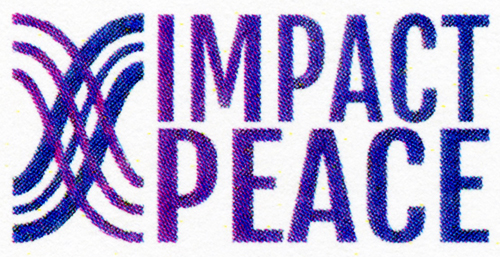Mass Violence and Atrocities | Analysis and New Insights
The Escalating Risk of Mass Violence in the United States
The United States is at a crossroads in its history. The level of political violence already observed in the country this year raises serious red flags about the erosion of democratic norms and the growing distrust of peaceful political processes. While predictions of mass violence associated with the United States may sound far-fetched to some, astute watchers of political violence around the globe are sounding the alarm bells. However, risks are not determinative. Regardless of election outcomes, bold leadership and decisive action is needed to prevent the accumulation of risk factors for mass violence leading to a loss of life and harm to US democracy.
Although these challenges are not new, decision makers and policy influencers need to better understand the risks, as well as triggers and accelerants of mass violence, in order to equip themselves with resources to respond rapidly and effectively as advocates of peace. To help respond to communication gaps, the Stanley Center for Peace and Security partnered with Impact:Peace at the Kroc Institute for Peace and Justice to build on existing political violence resources using the lens of mass violence and atrocity prevention, leading to publications that analyze the risk factors in the United States and recommend specific actions for national policymakers, local officials, and police and security forces.
The Stanley Center works to understand how to prevent mass violence around the world and build resilience against risks through informed policies and practices. Impact:Peace works to bring knowledge and evidence to change processes, amplifying efforts to build peace and reduce violence.
Our organizations joined in efforts to connect government, civil society, individuals of influence, and concerned citizens with new and existing tools to prevent violence and reinforce resilience mechanisms that uphold democratic norms, particularly through the lens of atrocity prevention. We created a system to facilitate the rapid flow of information by providing:
- Community groups tools on non-violent resistance.
- Mayors and local governments urgent guidance on language to calm rising tensions.
- Advocates resources for seeking legal redress to armed groups patrolling streets or staging counter-protests.
Our Publications
“I Didn’t Know If I Was Going to Be Seen Again”: The Escalating Risk of Mass Violence in the United States
James Waller
In a timely assessment, Waller offers a nonpartisan, data-driven analysis of the structural risk factors, as well as the real-time accelerants and possible triggering events, that signal the potential for mass violence in the United States. The analysis highlights a path forward to restore trust in democratic institutions, develop more inclusive narratives of memory, rebuild social cohesion, and nurture economic inclusivity regardless of who wins the election.
Preventing Election-Related Violence in the United States
Theo Sitther
Sitther recommends four key categories for immediate action that can be taken by policymakers to uphold the resilience of democratic institutions in the United States amid the threat of violence.
Additional Resources
As with mass violence prevention efforts in every country, strategies must be collaborative and inclusive, building on the work of local community builders and connecting expertise from across disciplines. Many organizations across the United States have been working locally and across communities to strengthen resilience and build stronger cohesion in their efforts to build peace and prevent political violence. While not exhaustive, below is a selection of additional resources and tools from experts and advocates in prevention:
- View the 2020 Warning Statement on risk in the United States to see some of the multi-sectoral actors taking on this work.
- Read the Framework of Action developed by Dr. Nichole Argo Ben Itzhak, Rachel Brown, Heather Hurlburt, Laura Livingston, and Samantha Owens for building resilience in the United States.
- Explore Thought Partnerships’ Communities of Practice and HUB Global Community Center for tools on countering division and hate.
- Refer to James Waller’s 2017 analysis to better understand risk in the United States.
- See resources from Election SOS to understand how members of the journalism and media community can improve nonviolent messaging and prevent misinformation during contentious times.
- Review the summary document from the Democracy, Conflict, and Governance (DCG) program at the Carnegie Endowment for International Peace and the Bridging Divides Initiative at Princeton University from their 2019 multisectoral convening on political violence in America.
- Understand real-time risks and long-term trends using the analysis tools led by the Bridging Divides Initiative and the Armed Conflict Location & Event Data Project (ACLED).
- Research individual, nonviolent training opportunities compiled by Conspire for Good.
Impact:Peace is now the Violence, Inequality, and Power Lab.
Partners

Related Publications
Mass Violence and Atrocities
Making the Case for Peace in CitiesMass Violence and Atrocities
The Business Case for Building Resilience and Pursuing PeaceRelated Events
October 16-18, 2019
60th Strategy for Peace ConferenceJuly 16, 2019
Impact:Peace Policy Salon